Complimentary worldwide shipping on orders over $400 · No import tariffs for most countries
Complimentary worldwide shipping on orders over $400 · No import tariffs for most countries
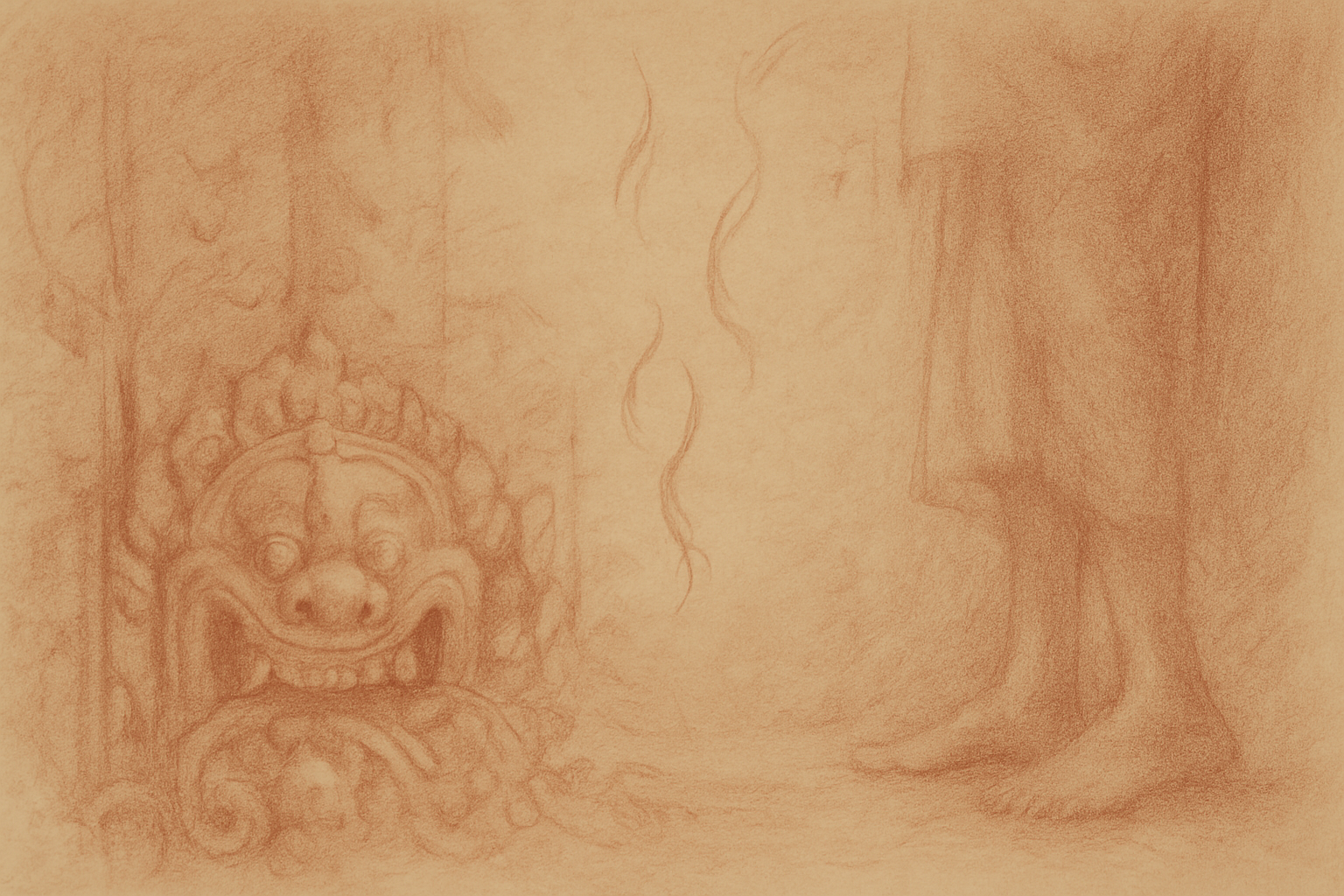
When the Scissors Fell: The Buddha’s Renunciation in Stone
2 min read
Sanctuary of Meaning · Artist’s Journal
Lucas Varro
He raised the blade in silence—
and the gods grew still,
watching hair fall like petals
at the turning of a season.
—
There is a hush that descends when one leaves the world behind.
Not a cry, not a rupture—
but the sound of release,
so quiet it echoes through centuries.
This morning, Annie and I wandered the southern galleries of Preah Khan.
We were drawn not by grandeur or symmetry,
but by a single weathered lintel—half-forgotten, wholly luminous—
resting above the west-facing doorway at the south-western corner of Enclosure II.
The carving it bears holds no drama, no spectacle.
And yet, it marks a moment more radical than battle or coronation:
the day the young Siddhartha raised a blade
and cut away the last thread of worldly identity.
—
He stands calm, resolved.
His posture neither proud nor broken.
In the stillness of that relief,
we see not a gesture of self-denial,
but the grace of inward turning.
Below him, carved in faithful witness,
are Chandaka and Kanthaka—
the squire and the steed who carried him through the silent city gates.
They now rest upon the fierce kala,
whose wide maw swallows time and ego alike.
This is the Cutting of the Hair.
A prince no longer.
A seeker now.

The Cutting of the Hair, Preah Khan Temple, Angkor, Cambodia.
Above the west-facing lintel at the south-western corner of Enclosure II, Siddhartha is depicted mid-renunciation. Below him stand Chandaka and Kanthaka, poised on the timeless mask of the kala.
—
There is a tale told softly through generations—
that his hair never grew back.
As though the body itself,
in reverence,
refused to reattach what the soul had surrendered.
This same scene appears again at Ta Prohm,
within the circular medallions of the eastern gopura in Enclosure II.
There, too, he holds the blade.
There, too, Chandaka stands near—
gazing not with grief,
but with a solemn awe.

The Cutting of the Hair, Ta Prohm Temple, Angkor, Cambodia.
One of the great medallions of the eastern gopura at Enclosure II shows Siddhartha lifting the blade. His squire Chandaka stands beside him in silent witness.
—
It is easy to forget how revolutionary this act truly was.
Not simply a monk’s ritual,
but the unmaking of a name, a caste, a kingdom.
With that single motion,
he crossed a threshold no architecture could contain—
from belonging to freedom,
from heir to mendicant,
from son to sage.
He would take a new name: Gautama.
He would sleep beneath trees,
bathe in rivers,
and learn the silence of dust and sky.
By the Nairanjana, five mendicants came to follow him.
But it began here—
not in a sermon,
but in a gesture.
Not with thunder,
but with the faint sound of hair
falling into light.
—
I lingered before the lintel in reverent quiet.
The stone was warm with morning.
Annie stood beside me, not speaking.
A single ant moved across the carving,
as if to remind us how time walks gently across the sacred.
to cast away rank—
a prince lifts the blade skyward
and becomes the path
—
The stone remembers what we forget:
the moment a soul becomes light enough to walk without shadow.
Also in Library
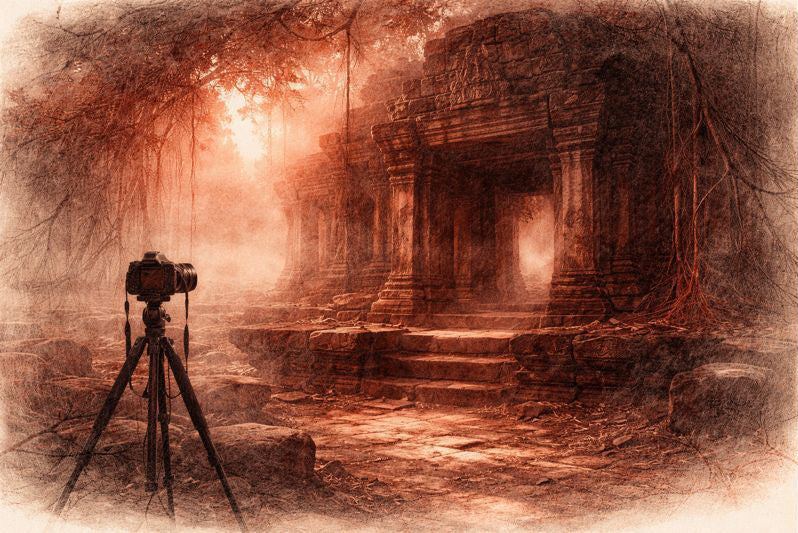
Before the Shutter Falls
3 min read
Before the shutter falls, fear sharpens and doubt measures the cost of waiting. In the quiet hours before dawn, the act of not-yet-beginning becomes a discipline of attention. This essay reflects on patience, restraint, and the quiet mercy that arrives when outcome loosens its hold.
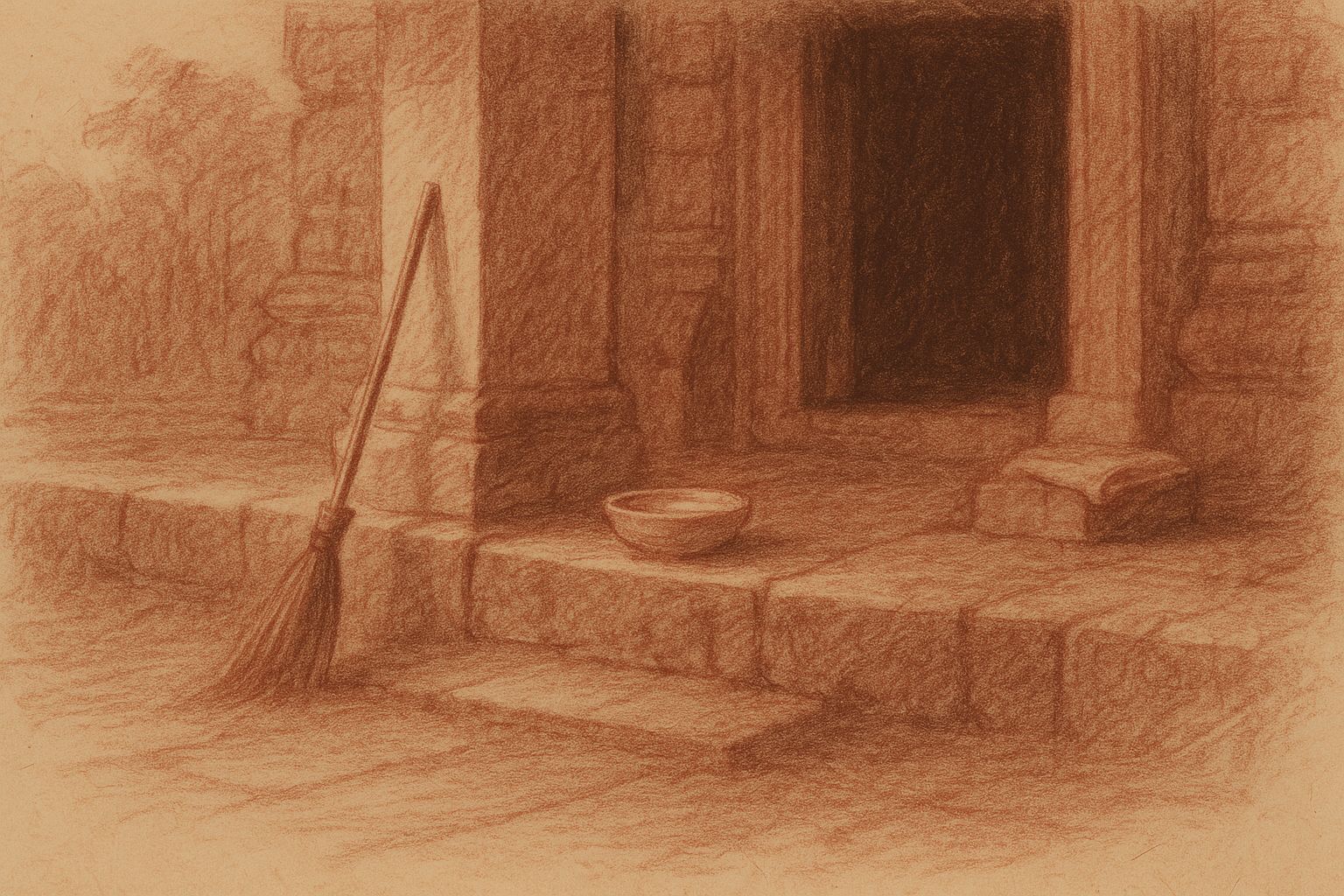
Those Who Keep the Way Open — On the Quiet Guardians of Angkor’s Thresholds
3 min read
Quiet gestures shape the way into Angkor — a swept stone, a refilled bowl, a hand steadying a guardian lion. This essay reflects on the unseen custodians whose daily care keeps the thresholds open, revealing how sacredness endures not through stone alone, but through those who tend its meaning.
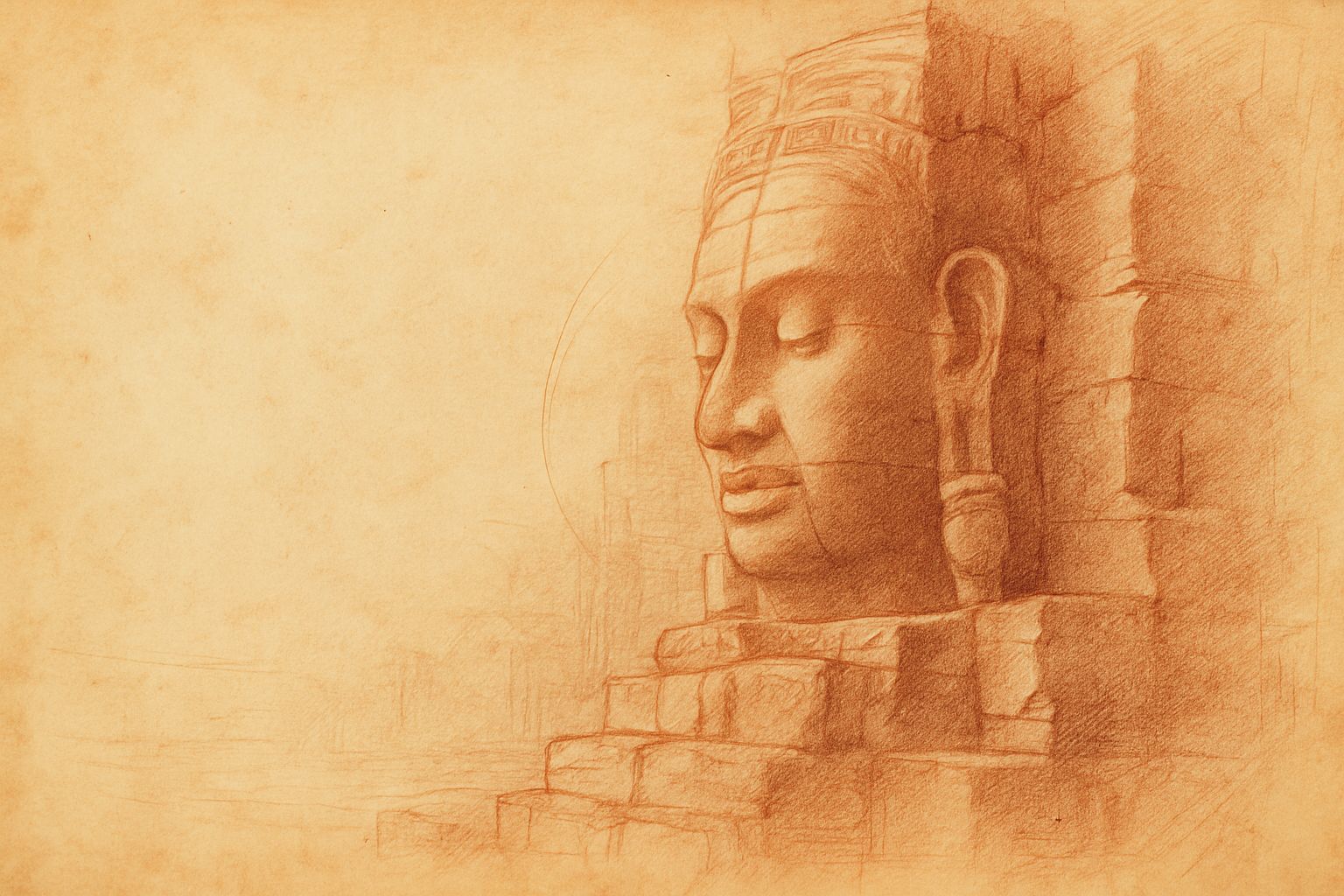
Multiplicity and Mercy — The Face Towers of Jayavarman VII
5 min read
A new vision of kingship rises at the Bayon: serene faces turned to every horizon, shaping a world where authority is expressed as care. Moving through the terraces, one enters a field of steady, compassionate presence — a landscape where stone, light, and time teach through quiet attention.
Join My Studio Journal
Receive occasional letters from my studio in Siem Reap—offering a glimpse into my creative process, early access to new fine art prints, field notes from the temples of Angkor, exhibition announcements, and reflections on beauty, impermanence, and the spirit of place.
No noise. No clutter. Just quiet inspiration, delivered gently.
Subscribe and stay connected to the unfolding story.
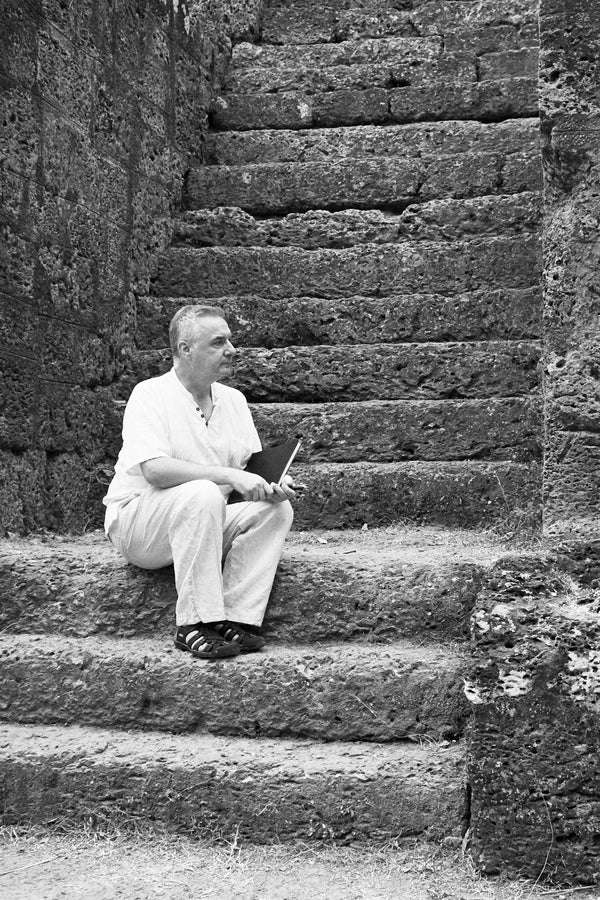
Join My Studio Journal
Receive occasional letters from my studio in Siem Reap—offering a glimpse into my creative process, early access to new fine art prints, field notes from the temples of Angkor, exhibition announcements, and reflections on beauty, impermanence, and the spirit of place.
No noise. No clutter. Just quiet inspiration, delivered gently.
Subscribe and stay connected to the unfolding story.
